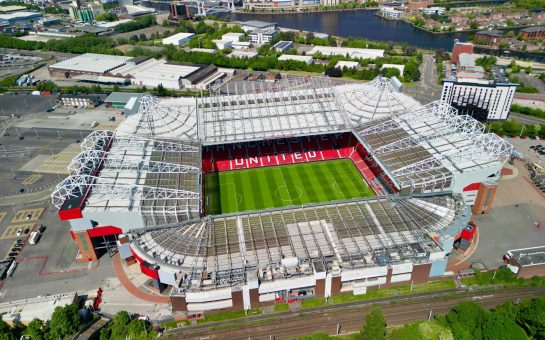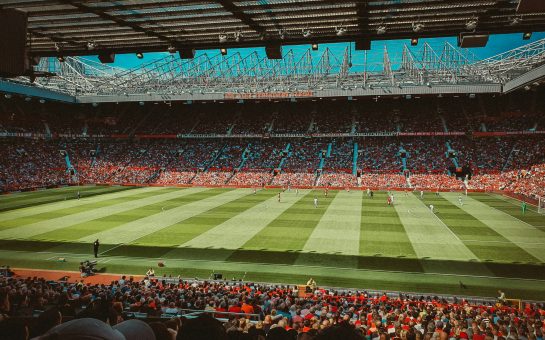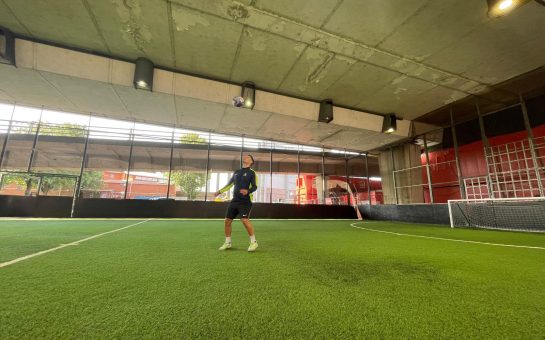While most members of Roy Hodgson’s World Cup squad were making their international and Premier League bows, an 18-year-old Chris Smalling was playing in the seventh-tier of English football.
Released by Millwall two years previously, the defender was completing his education while playing for Isthmian League side Maidstone United.
Just 35 senior appearances later, he had earned himself a move to Premier League champions Manchester United – via a short stint at Fulham.
Despite his career starting with a 4-1 defeat against Tonbridge Angels, his performances for the Kent side and England Schoolboys turned the heads of several league clubs.
Originally signed by Middlesbrough and swiftly released due to homesickness, he was soon snapped up by, of all people, Roy Hodgson at Fulham.
He progressed well, being appointed captain of the Development Squad and made his senior debut against Everton in May 2009.
Despite playing only a handful of games, he quickly attracted interested from top clubs and in January 2010 Sir Alex Ferguson agreed a deal to bring him to Old Trafford at the end of the season.
He was a victim of Ferguson’s squad rotation policy but his versatility was a useful asset as United won two titles over the next four years.
His displays for the Red Devils and England u21’s led Fabio Capello to call him up to the senior squad for a friendly against France, although he was an unused substitute.
He dropped back into the u21’s for the 2011 European Championship in Denmark and, despite England not making it out of the group, made the team of the tournament.
His first full cap followed in a Euro 2012 qualifier against Bulgaria, giving an accomplished performance in a 3-0 victory.
He would ultimately miss that tournament through injury, so will be chomping at the bit to impress if he gets a chance in Brazil.
So how will Smalling fare in the Rio 2014 World Cup?
England’s starting centre-back pairing are practically set in stone as Gary Cahill and Phil Jagielka are certain to be tasked with protecting Joe Hart in Brazil.
However, Jagielka’s fitness may be a concern, having only made his comeback against Manchester City this month after a spell on the side-lines dating back to end of February.
Smalling, who is sometimes used at right-back as well as in the central defensive position for England, is likely to be used due to the necessity of a squad rotation in the sweltering heat.
Cahill has been one of the standout players of the Premier League this campaign and was named in the PFA Team of the Year.
Phil Jones went off injured in United’s victory over Hull at the start of May but an MRI scan highlighted nothing more than heavy bruising to his shoulder.
Many fans would question whether it is necessary to also include Smalling, who offers much the same as Jones, but he has often been selected ahead of his United team-mate for England.
United have struggled to field a consistent centre-back pairing this season, due to injuries and inconsistency of David Moyes’ main men.
Smalling has a calm head on his shoulders, after receiving just two yellow cards this season and only making two defensive errors.
The former Fulham player is also intelligent and effective on the ball- racking up an impressive average pass accuracy of 82%.
However worryingly on average he has won only 62% of duals at the back with the opposition.
If it is goals that Hodgson wants from the young defender this is extremely unlikely as he has totted up a disappointing 27% shot accuracy and has only scored one goal.
Despite this the 24-year old has the ability to set up the likes of Wayne Rooney and Daniel Sturridge as he created 11 scoring opportunities this season for his Red Devils team mates.
His role in the side may be somewhat understated but Smalling could play a crucial role in keeping the likes of Luis Suarez and Mario Balotelli quiet to get England through Group D.
Main image courtesy of thefacup via YouTube, with thanks.



